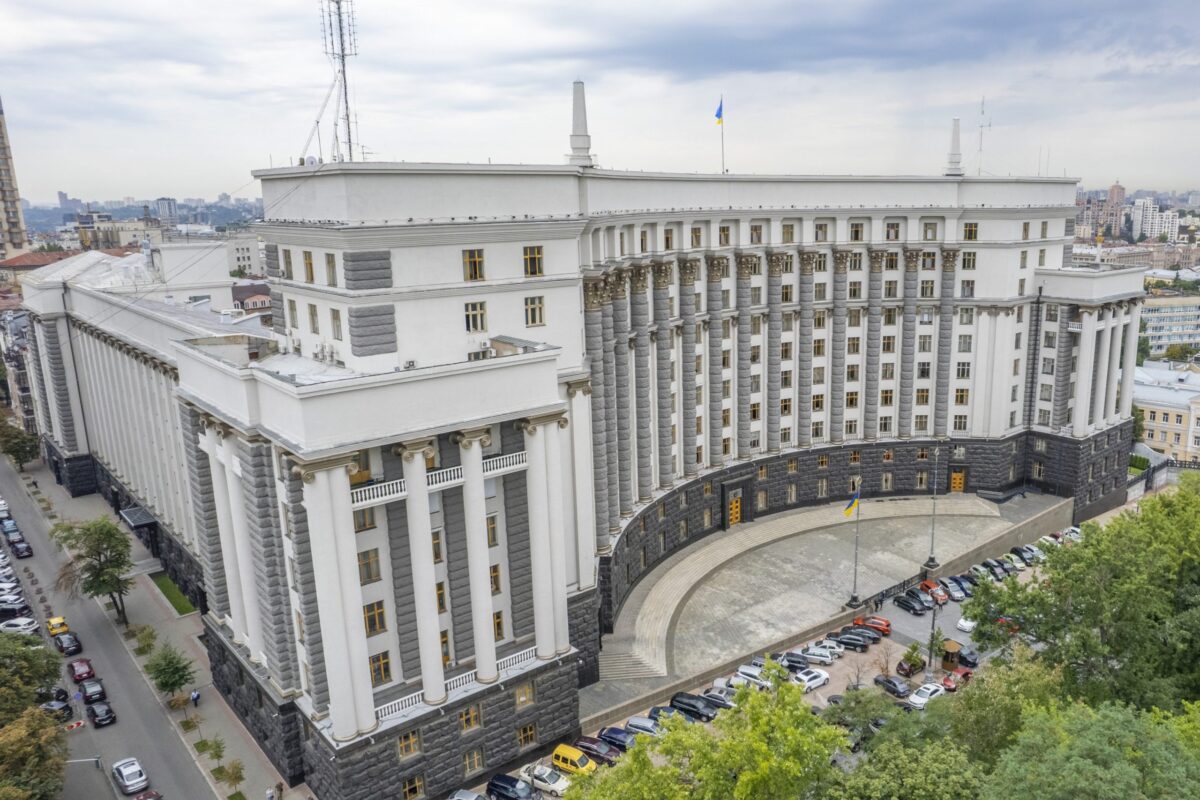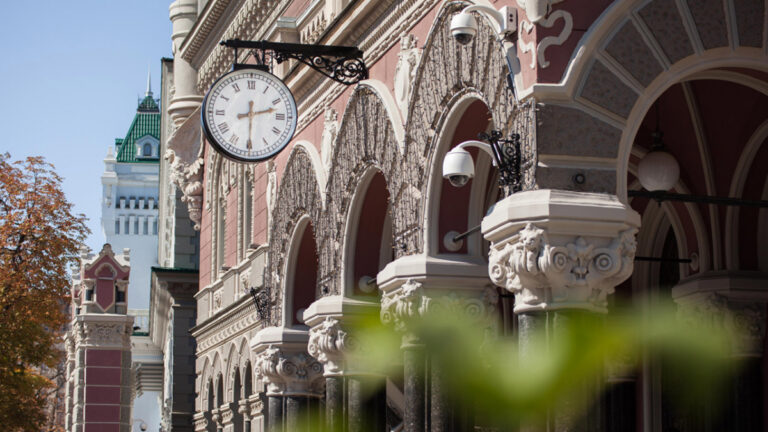
Why Ukraine merged its ministries: new model for economy, environment, and agriculture in 2025
In July 2025, the Cabinet of Ministers of Ukraine made a decision that had long been discussed by experts but surprised many in its specifics. Ukraine is in fact moving toward a European model of government structure: instead of three separate agencies the Ministry of Economy, the Ministry of Agrarian Policy and Food, and the Ministry of Environmental Protection and Natural Resources a single Ministry of Economy, Environment, and Agriculture has been created.
By government decision, the new ministry was established on the basis of the former Ministry of Economy, but with expanded responsibilities. At the same time, the Ministry of Agrarian Policy and Food and the Ministry of Environment have been abolished they now exist only as liquidation commissions, and all their powers, resources, staff, and programs are being transferred to the successor. The deadline for full liquidation is six months.
The newly created ministry will coordinate the work of several central executive bodies, including:
- State Export Control Service of Ukraine
- State Labor Service of Ukraine
- State Reserve Agency of Ukraine
- State Forest Resources Agency
- State Service of Geology and Mineral Resources
- State Water Resources Agency
- State Environmental Inspection Service
- State Service for Geodesy, Cartography, and Cadastre
- State Agency for the Development of Land Reclamation, Fisheries, and Food Programs
This list clearly shows: from now on, all key areas of economic development, agriculture, and environmental policy are concentrated in one decision-making center.
Why now, and what is the goal?
At first glance, this might look like a step toward optimization and reducing the size of the state apparatus. But the real reason is much deeper and more strategic.
Oleksii Sobolev, the minister of the new ministry, emphasizes:
“Special attention will be paid to fulfilling Ukraine’s international environmental commitments, as well as to implementing priority programs in the fields of ecology and the agrarian sector. We are talking about expanding support from international partners and increasing the effectiveness of programs under the Ukraine Investment Framework.”
This means Ukraine will more quickly adapt its management system to EU standards. In European countries, matters of agrarian policy, economics, and the environment are often coordinated through unified agencies. This structure not only reduces duplication of functions but also simplifies access to international funding programs, where donors value transparency and speed of decision-making.
What tasks will the new ministry face?
- Fulfilling international environmental obligations (as part of the EU Association Agreement)
- Implementing comprehensive support programs for agriculture and agribusiness
- Attracting external investment, primarily through the Ukraine Facility and Ukraine Investment Framework mechanisms
- Ensuring transparent allocation of grants and donor funds, supporting recovery and modernization projects
- Coordinating resources for water, forestry, land, and the agrarian sector without unnecessary bureaucratic barriers
What’s in it for business, farmers, and environmental organizations?
This reform might seem like just another bureaucratic reshuffle. But for business, farmers, and environmental organizations, it opens several real opportunities:
- Faster decision-making. Projects that previously needed approval from different ministries can now be implemented more quickly: everything is decided in one office.
- Transparency and accountability. Eliminating duplicative structures and concentrating authority increases control over the use of funds, especially those coming from abroad.
- More opportunities to attract funding. When donors and investors see a single point of contact, it’s easier to negotiate partnerships and reporting.
Possible risks and challenges
Of course, such changes are not without risks. The main one is to avoid “diffusing” responsibility, where a universal ministry becomes overloaded with diverse issues. Experts note: it is important to keep specialized departments in the structure, and for the leadership not to lose focus. At the same time, international experience shows: merging sectors often yields positive results in the long run, if leadership is ready for genuine institutional reform.
The reform of ministries is an attempt to give Ukraine a modern, flexible, and understandable model of state governance. The key idea is to concentrate resources, responsibility, and strategic decisions in one center, synchronize policy with Western standards, and accelerate the path to European integration. What may seem like a purely organizational change can in fact become a starting point for a new quality of economy, agricultural policy, and environmental protection in Ukraine. Whether the government team will be able to take advantage of these opportunities will become clear in the coming year. But the direction of changes announced in July points unmistakably: Ukraine is betting not on bureaucracy, but on efficiency, transparency, and global cooperation.














